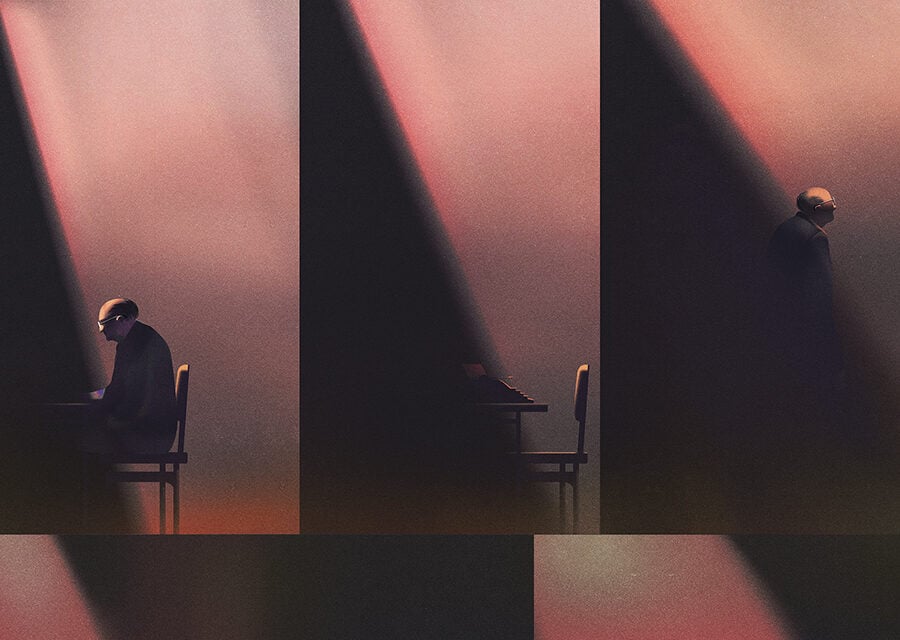
Illustration by Ibrahim Rayintakath
Salman Rushdie’s 2012 memoir, Joseph Anton, closes as its author emerges in 2002 from years in hiding; he bids goodbye to members of the security detail that has guarded him since Ayatollah Khomeini’s 1989 fatwa called for his death. “That was it,” Rushdie writes. “More than thirteen years after the police walked into his life, they spun on their heels and walked out of it.” Still, he wonders whether “the battle over The Satanic Verses” has ended in “victory or defeat.”
This may seem a strange question. Rushdie’s novel had not been suppressed; in fact, its literary and political…



























































































